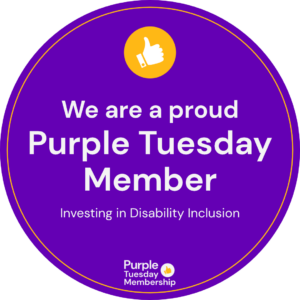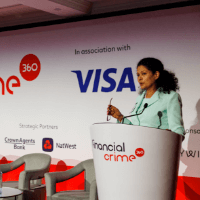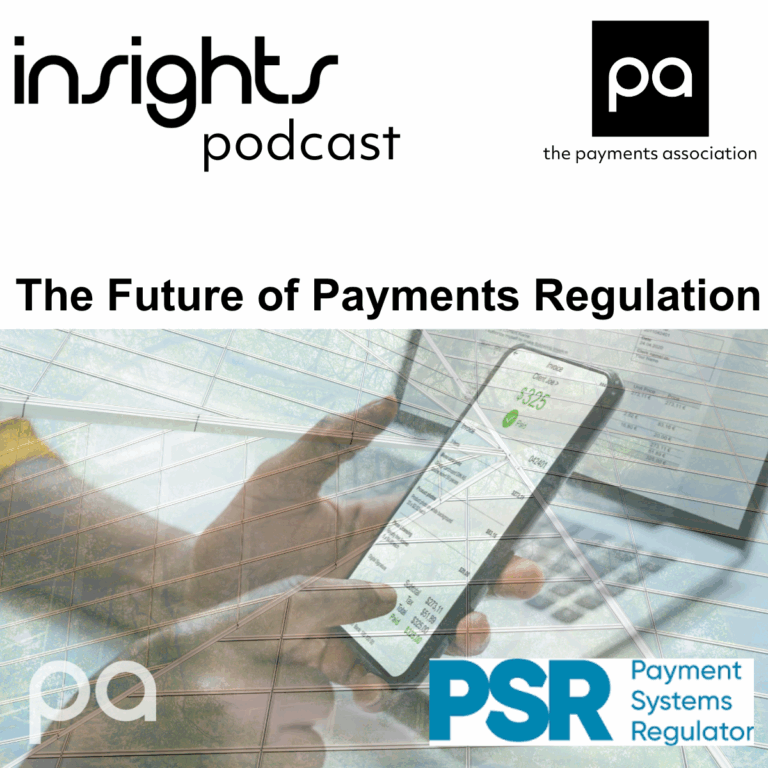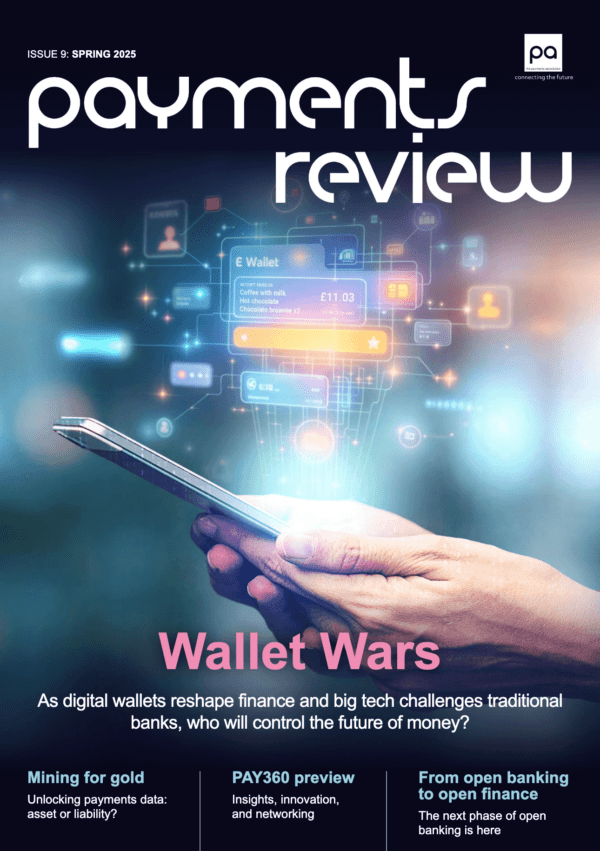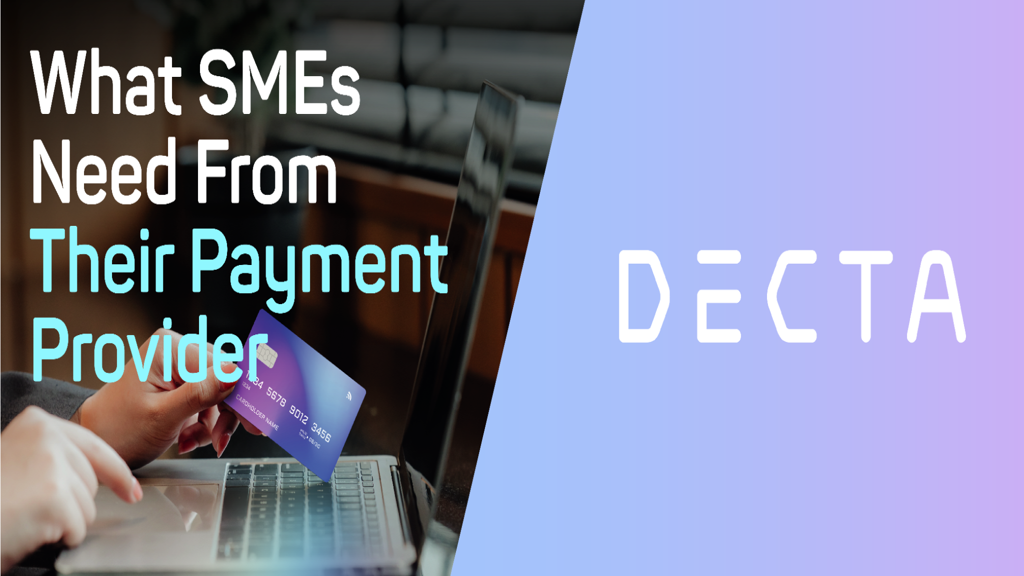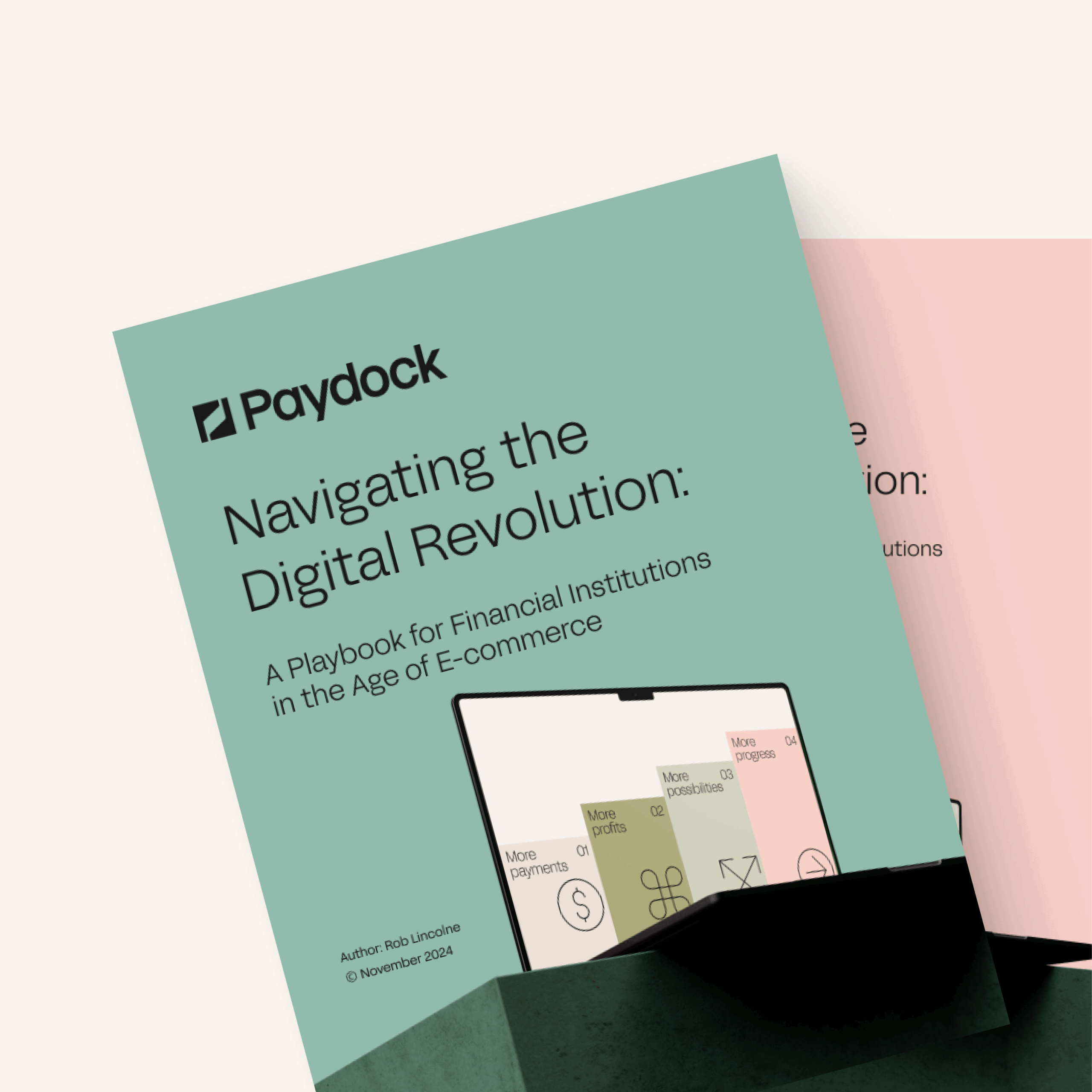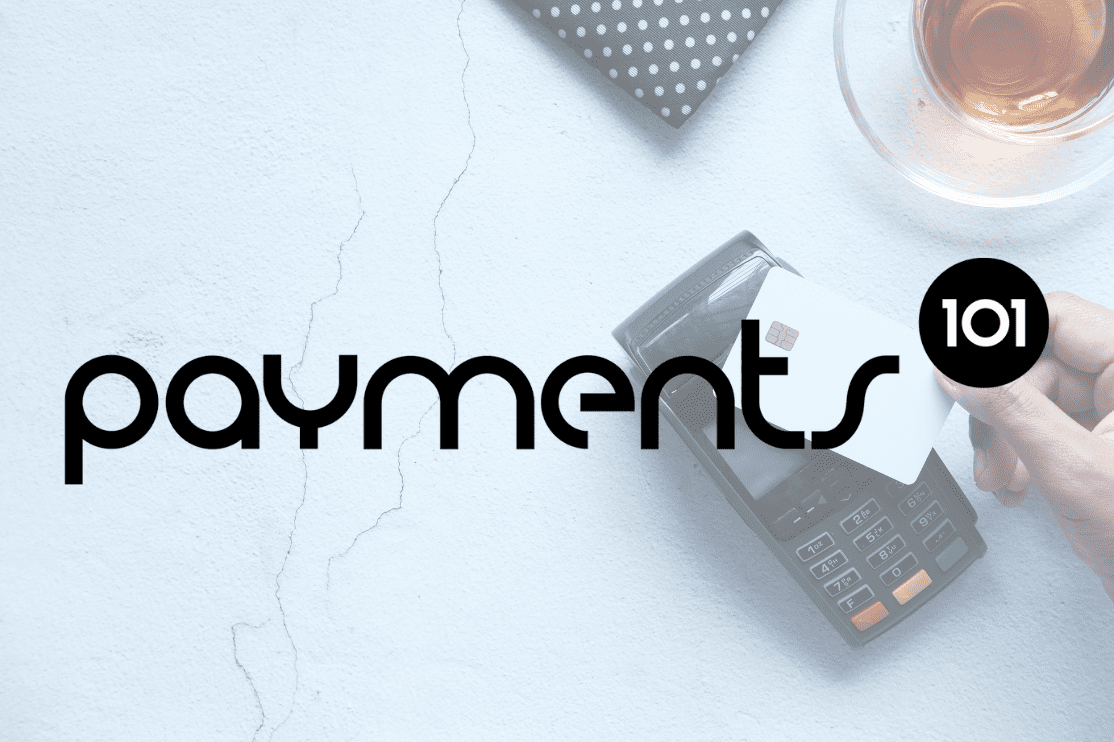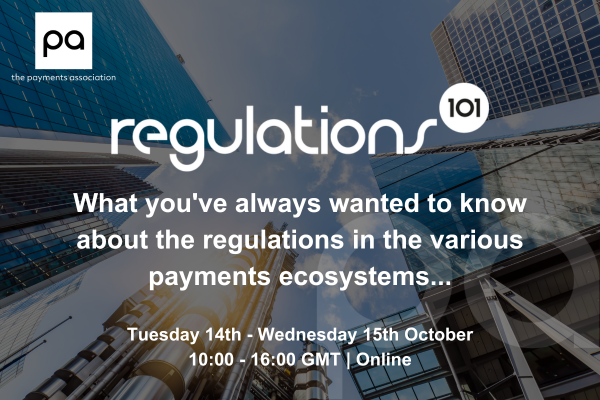Financial inclusion, as defined by the World Bank, is crucial for economic development and social progress, ensuring equal access to financial products and services tailored to the needs of both individuals and businesses. The United Nations emphasises financial inclusion as a crucial driver of economic and social development, which is evident in its inclusion as component eight of the 17 Sustainable Development Goals for 2030.
International organisations and the financial sector clearly put significant emphasis on this topic. However, a detailed examination of trends and efforts beyond the confines of institutions remains critical to suggest and achieve steady and significant advancements in this vital area.
This article offers a perspective on the latest financial inclusion status in comparison with global objectives. Additionally, it addresses some of the main challenges faced by providers and proposes technological advancements, with a particular focus on digital payments, to accelerate inclusion.
Financial inclusion: A catalyst for economic growth
The 2023 assessment of the Global Financial Inclusion Index highlights that the global financial inclusion across the 42 analysed markets has improved slightly compared to the previous year. The evaluation identifies three key support pillars of financial inclusion: government, employer, and the financial system. The latter pillar, which assesses the availability and adoption of various financial products and services crucial to its achievement, underscores the responsibility of financial providers in advancing global financial inclusion.
The assessment highlights that economies with digitally enabled financial systems are experiencing the most rapid advancement in financial inclusion. Thus, companies in the industry, including digital payment providers, should prioritise digitally underserved regions in their global development efforts to improve fair financial access worldwide.
Based on the 14th annual Global Financial Access Survey (FAS) by the International Monetary Fund, financial access proved resilient amid the COVID-19 pandemic. Microfinance institutions notably supported vulnerable segments, while traditional touchpoints declined in favour of surging digital payments. This trend, propelled by digital financial services, contributed to sustained levels of inclusion in 2022.
It is important to highlight, however, that the persistence of the gender gap revealed in the survey results regarding financial access across many economies is both concerning and critical to address. Although there was a modest increase in overall account ownership from 2021 to 2022, the gender gap in bank account ownership persists across multiple countries. Men, on average, possess 55% more deposit accounts and significantly higher deposit values compared to women.
The role of digital payments in accelerating financial inclusion: challenges and potentials
The link between financial digitalization and enhancing inclusion is clear. Yet, digital payment enablers striving for fairness encounter numerous difficulties. While challenges differ between developed and emerging regions, accelerating financial inclusion poses obstacles in both.
The crucial question lies in whether providers can effectively harness the latest technological advancements and professional collaborations to transform challenges into opportunities.
Here are some suggestions to address this in 2024:
- Collaboration with local authorities and governments: The Global Financial Inclusion Index emphasises the importance of collaboration between financial providers and government entities in driving market maturity. Digital payment enablers should thus engage closely with local authorities and global partners to deliver localised, accessible, and affordable payment solutions worldwide. Partnering with municipalities, for instance, to establish digital payment kiosks and integrate payment solutions into government services improves accessibility. Collaborating with international organisations and financial institutions offers access to expertise and resources. For example, teaming up with NGOs focusing on financial inclusion can reach underserved populations in remote areas.
- Digital wallets:
- B2C: Digital wallets, preferred by 76% of consumers over traditional payment methods, according to Mastercard, serve as a gateway to financial inclusion by offering convenient payment options. Beyond convenience, mobile wallets hold immense potential in addressing the needs of the unbanked or underbanked. By leveraging mobile networks and smartphones, payment providers can extend digital wallet solutions to marginalised populations, enabling the democratisation of financial services.
- B2B: Payment providers can help diversify revenue streams by collaborating with local authorities, technology partners, and merchants to enhance digital payment. This initiative expands financial service access, particularly in underserved and rural communities, fostering revenue growth and accelerating financial inclusion efforts.
- Big data: Digital payment providers should leverage big data to analyse their users’ demographic characteristics and transaction patterns. This enables them to personalise financial services and design flexible products for different customer segments. These tailored solutions ultimately foster greater financial inclusion.
- AI-powered solutions:
- Digital payment providers are encouraged to integrate AI for tailored financial and budgeting guidance, aiding marginalised groups with lower financial literacy and addressing gender gaps in financial access. However, it is crucial to be mindful that AI can carry biases reflecting the actions taken by biased humans or populations. Therefore, it is imperative to combat this tendency, ensuring that AI remains absolutely neutral and can be set to help all equally.
- AI-driven fraud detection and risk mitigation are highly recommended for integration with digital payment providers, especially in less regulated markets, where fighting money laundering and fraud is a significant obstacle to digital finance adoption.
- Digital currency development: Blockchain-powered fintech, encompassing cryptocurrencies and NFTs, promotes financial inclusion by providing decentralised exchanges, granting individuals greater access to financial services. This technology enables participation in the global economy, particularly for those in underserved or unbanked regions, thus suggesting digital payment providers offer these services to their clients.
- Applying the latest cybersecurity measures and advancements in digital payments, including biometrics, encryption, open banking, cloud infrastructure and two-factor authentication, is also crucial for providers to build user trust and drive wider adoption of digital payment methods, contributing to financial inclusion.
- Tech-led financial literacy programs: Digital payment providers should conduct educational initiatives in rural areas to teach locals about employing digital payment solutions, facilitating adoption and promoting financial inclusion. These initiatives should also be offered online, making them more accessible to people in hard-to-reach communities.
In conclusion, digital payment providers play a pivotal role in advancing financial inclusion in 2024. Our proactive and systematic approach as payment enablers is essential to drive progress towards a more equitable and accessible financial landscape.

